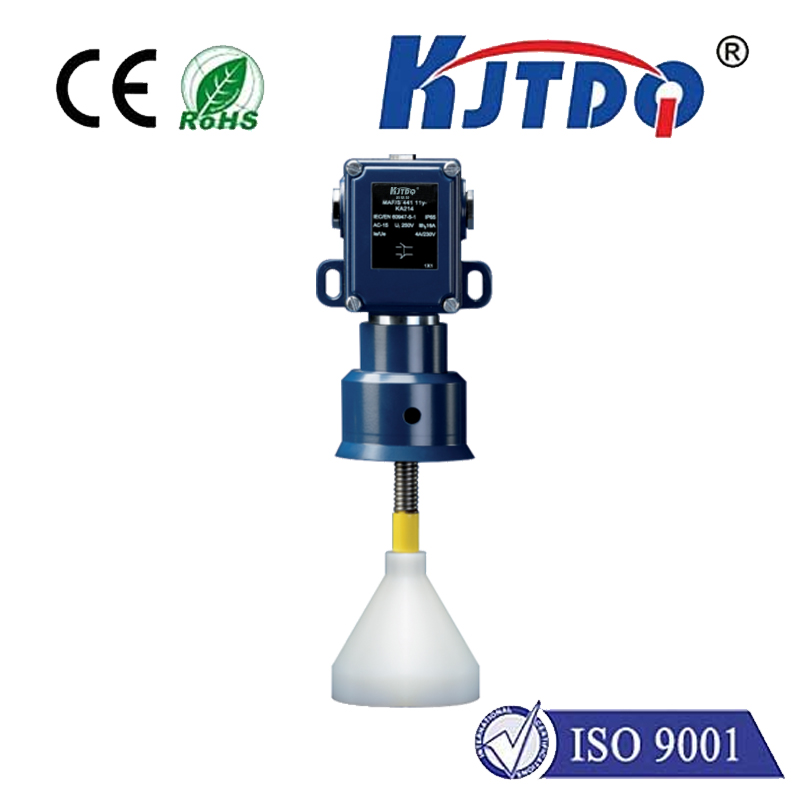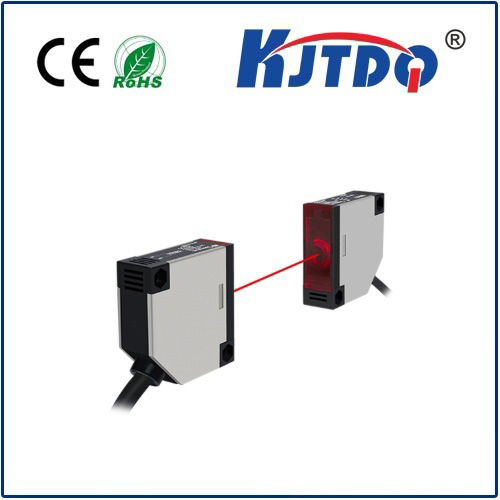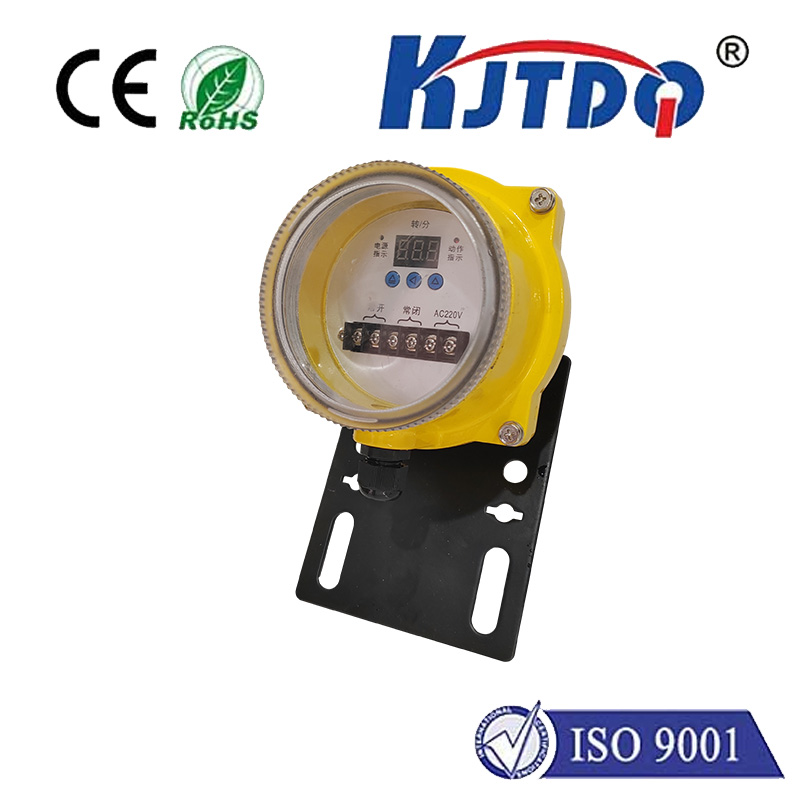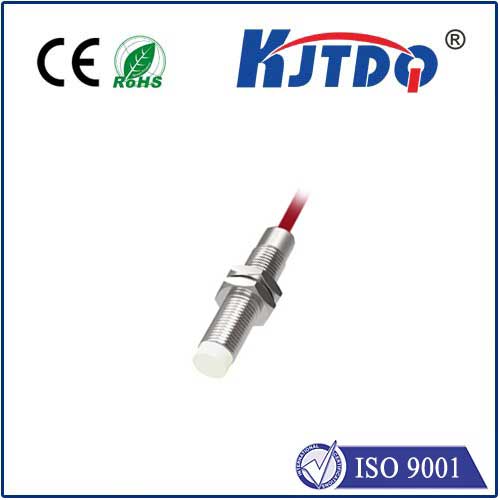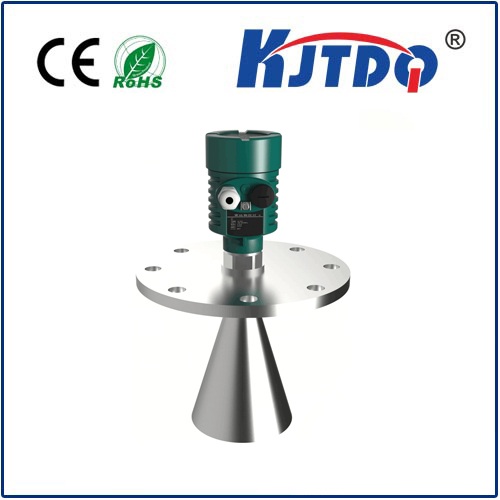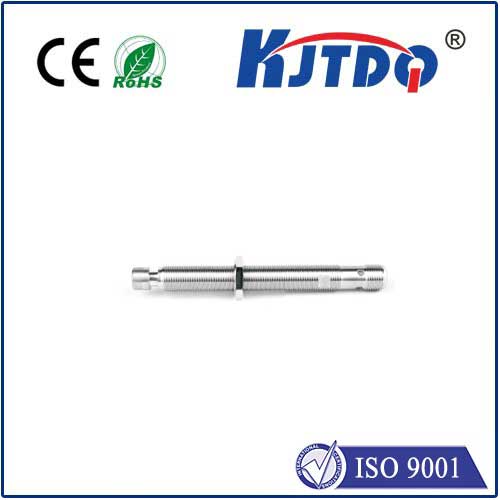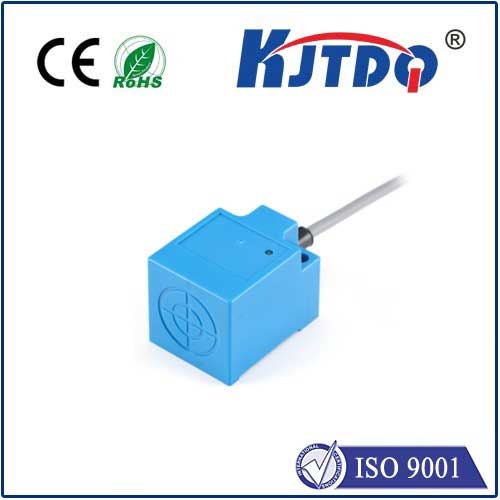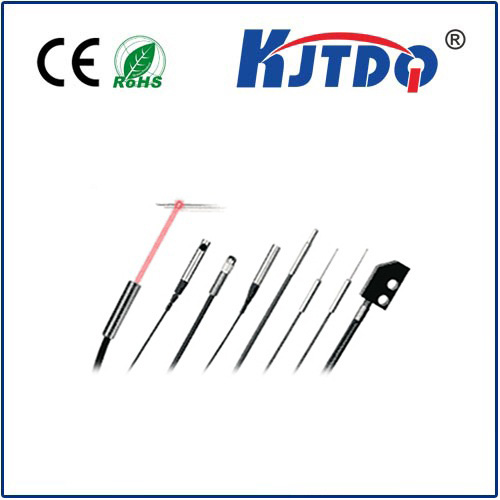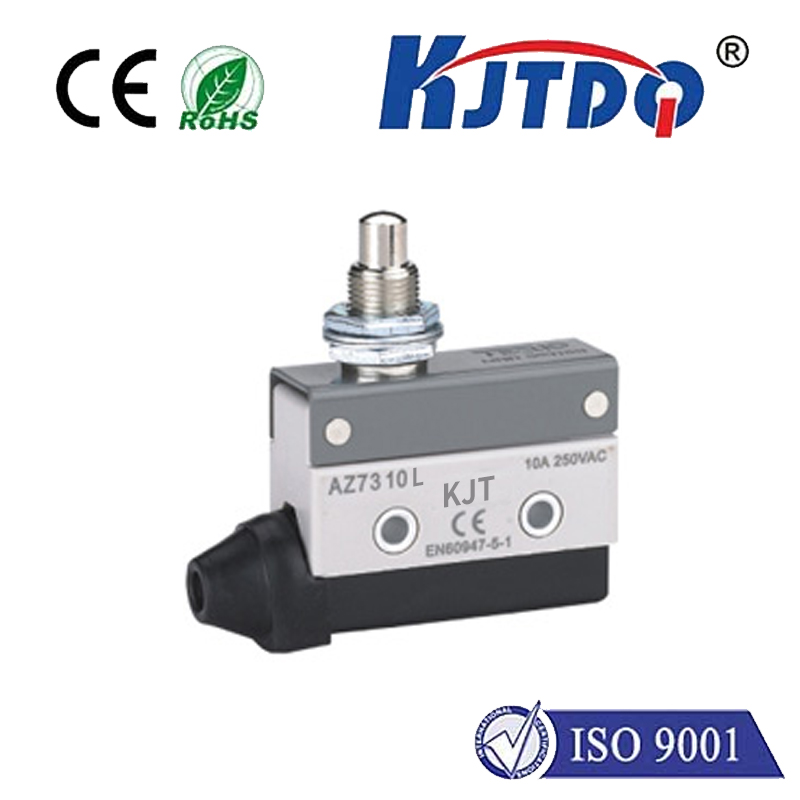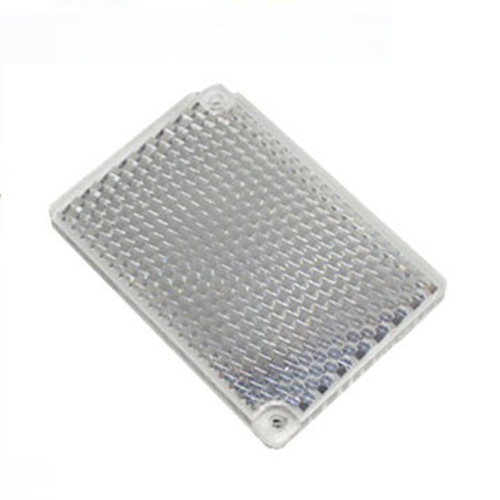temperature sensor non contact type
- time:2025-08-29 02:49:30
- Click:0
The Silent Sentinel: Understanding Non-Contact Temperature Sensors and Their Revolutionary Impact
Imagine instantly knowing the temperature of a speeding machine part, a feverish patient without disturbing their rest, or a distant electrical panel without risking a shock. This isn’t science fiction; it’s the everyday reality enabled by non-contact temperature sensors. These remarkable devices measure thermal energy emitted from an object, revealing its temperature without ever touching it. They are the invisible eyes on industrial processes, medical diagnostics, food safety, and countless other fields where traditional contact probes fall short.
The Science Behind the Sight: How Non-Contact Sensors Work
Non-contact temperature sensors operate on a fundamental principle of physics: all objects with a temperature above absolute zero emit infrared (IR) radiation. The intensity and wavelength distribution of this radiation increase directly with the object’s temperature. This is known as blackbody radiation. Non-contact sensors, primarily infrared thermometers (IR thermometers) and thermal imagers, capture this emitted IR energy and convert it into an electrical signal that corresponds to a temperature value.

Key components typically include:
- Optics: Lenses (often made of specialized IR-transmitting materials like Germanium) focus the infrared radiation emitted by the target object onto the detector.
- Detector: This is the heart of the sensor, converting IR radiation into an electrical signal. Common types include:
- Thermopiles: Generate a voltage proportional to the temperature difference between the hot junction (exposed to IR) and the cold junction (reference).
- Bolometers: Measure the change in electrical resistance of a material as it absorbs IR radiation and heats up. Microbolometer arrays are essential for thermal imaging cameras.
- Pyroelectric Detectors: Generate a temporary voltage when exposed to changing IR radiation, often used in motion-sensing applications.
- Signal Processing Electronics: Amplify the weak electrical signal from the detector, perform necessary calculations (considering emissivity, see below), filter noise, and convert it into a readable output (e.g., digital display, analog signal, thermal image).
- Emissivity Adjustment: This is a critical concept. Emissivity represents an object’s efficiency in emitting IR radiation compared to a perfect blackbody (emissivity = 1.0). Real-world objects have emissivity values less than 1.0 (e.g., polished metal ~0.1, human skin ~0.98, asphalt ~0.90). Accurate temperature measurement requires properly setting the sensor’s emissivity value to match the target material. Failure to do so is a primary source of error.
Where Non-Contact Sensors Shine: Key Applications
The unique advantages of non-contact measurement unlock possibilities contact sensors simply cannot address:
- Moving Targets: Measuring temperatures on conveyor belts, rotating machinery (bearings, motors), fast-moving vehicles, or parts on an assembly line. No risk of snagging or damage.
- Inaccessible or Hazardous Locations: Checking electrical panels (live circuits), high-voltage equipment, steam lines, reactors in chemical plants, or areas with extreme temperatures (furnaces, molten metal) safely from a distance.
- Delicate or Contaminable Surfaces: Measuring food products without contact (ensuring hygiene), monitoring temperature-sensitive electronics, biological samples, or freshly painted/coated surfaces. Preserves integrity and prevents cross-contamination.
- Rapid Temperature Changes: Capturing instant snapshots of temperature on surfaces heating or cooling rapidly. This is vital in R&D and quality control.
- Large Area Scanning & Hotspot Detection: Thermal cameras, using arrays of non-contact sensors, create visual temperature maps (thermograms). This identifies overheating components (electrical faults, insulation failures), heat leaks in buildings, or process variations across large surfaces like metal sheets or solar panels. Predictive maintenance thrives on this capability.
- Medical Screening: Infrared thermometers (particularly tympanic or temporal artery types) provide quick, hygienic core body temperature estimates – crucial in clinical settings and public health screening. Thermal imaging can visualize inflammation or blood flow patterns.
Advantages Over Contact Sensors
- Speed: Near-instantaneous readings.
- Safety: Measure hazardous targets without exposure.
- Non-Invasive: Doesn’t affect the target or process.
- Distance Capability: Measures objects at significant ranges (dependent on sensor specifications).
- Durability: No physical contact means less wear and tear on the sensor tip.
Choosing the Right Tool: Key Considerations
Not all non-contact sensors are equal. Selecting the right one depends heavily on the application:
- Temperature Range: Does the sensor cover your minimum and maximum expected temperatures?
- Accuracy & Repeatability: How critical is precision? Note that accuracy is affected by distance and emissivity.
- Optical Resolution (Spot Size): Defined by the Distance-to-Spot Ratio (D:S Ratio). A higher ratio (e.g., 50:1) means the sensor can measure a smaller spot size from a greater distance. Crucial for measuring small objects or specific points on a larger surface.
- Spectral Response: The wavelength range the sensor detects. Specific materials or applications (e.g., glass, flames) may require sensors tuned to particular IR bands.
- Response Time: How quickly the sensor provides a stable reading after detecting a temperature change.
- Emissivity Settings: Does the sensor allow adjustable emissivity? How easily?
- Environmental Conditions: Will the sensor be exposed to dust, moisture, steam, extreme ambient temperatures, or vibration? Ensure it has suitable IP ratings and environmental hardening.
- Output & Connectivity: Analog (4-20mA, 0-10V), digital (USB, RS232/485), thermal image feed? Does it need data logging or integration with control systems?
- Type: Simple IR thermometer (single-point measurement) versus thermal imaging camera (area temperature mapping and visualization). Budget is often a significant differentiator here.
Beyond the Basics: Thermal Imaging’s Power
While spot pyrometers (another term for IR thermometers) are invaluable, thermal cameras represent the pinnacle of non-contact sensing visualization. By displaying temperature differences as distinct colors, they reveal problems invisible to the naked eye. This makes them indispensable for:
- Electrical Maintenance: Finding loose connections, overloaded circuits, failing breakers.
- Building Diagnostics: Locating insulation deficiencies, air leaks, moisture intrusion, and HVAC issues.
- Mechanical Systems: Identifying failing bearings, misaligned couplings, blocked heat exchangers, and steam traps.
- Process Monitoring: Visualizing temperature profiles on ovens, kilns, reaction vessels, and composite curing.
- Research & Development: Analyzing thermal performance of prototypes, electronics cooling, and materials science.
Non-contact temperature sensors, from simple handheld pyrometers to sophisticated thermal imaging systems, have fundamentally transformed how we monitor and manage temperature. Their ability to provide safe, fast, and hygienic measurements from a distance makes them irreplaceable tools across diverse industries. Understanding their principles, capabilities—especially the critical role of emissivity and optical resolution (D:S Ratio)—and limitations is key to harnessing their full potential. As technology advances, offering greater accuracy, resolution, and affordability, the silent sentinel of non-contact temperature measurement will continue to expand its vital watch into even more corners of our world.






